Democratic Republic of Congo is living trapped in structural violence from armed militia that has forced millions of persons to be displaced.
Democratic Republic of Congo (DR Congo) is the second largest country on the African continent with a population of 109 million inhabitants and is considered one of the youngest in the world, where one in ten persons are under the age of eighteen. The country has a variety of natural resources including copper, cobalt and coltan, a large hydroelectric potential and large extensions of arable land and a rich biodiversity.
‘Even when the country is rich in resources, the population sees no benefit from this. Data show that 26.4 million Congolese are living in severe food insecurity and 6.4 million, mostly children, are suffering from acute undernourishment. With time, the situation is only getting worse’, says Joana Mariné, the project manager for Africa at the Catalan Association for Peace.
Since 2016, this organisation works in DR Congo together with the Belgian organisation Viva Salud, to help and identify local reference partner organisations, particularly Etoile du Sud, a network of popular education created around the right to health. Together, they develop programmes and projects on the right to health and humanitarian emergency actions, such as to prevent Ebola, to fight and empower against Covid-19, or to promote the participation of women in the struggle for the right to health.
According to the Human Development Index (HDI) outcomes for 2022, DR Congo ranks 180 out of 193. ‘The outcomes for 2022 show that 65% of the population live with under 2.15 USD a day, and 60% live in extreme poverty, a figure that is rising and makes DR Congo the second country on the continent with the largest number of poor’, Mariné explains.
In the east of the country is experiencing violence due the presence of armed groups seeking to control mineral-rich areas near the border with Rwanda.
To get a better understanding on the situation, Marinés recalls that the current situation is initially due to an ethnic conflict that erupted in 1994 when Hutu extremists murdered a million Tutsi and moderate Hutu in Rwanda. During this genocide, around two million Hutu refugees crossed the border into DR Congo, most of whom settled in refugee camps in North Kivu and South Kivu provinces. But a reduced group of Hutu extremists also crossed into DR Congo and set up militia in the country.
After the genocide, a Tutsi government took power in Rwanda, and was behind an invasion of DR Congo to allegedly protect people against the extremist Hutu population.
In 1998 another war broke out when relations between the two countries deteriorated, leading to a Rwandan invasion of DR Congo. Angola, Namibia and Zimbabwe offered DR Congo support in its fight against the forces from Rwanda, Uganda and Burundi. This was later known as the African World War and it is estimated that more than three million people died from 1998 to 2004.
From 2012 to 2013 the group M23 (March 23 Movement), which was mostly made up of the Tutsi ethnic group, became an undeniable force in the east of the country and the Congolese government accused Rwanda of supporting the group.
In 2013 the UN created the MONUSCO, a stabilization mission to support the Congolese army in its fight against M23. However, over these past ten years, the mission has not been successful and there is still no peace in the area, since the global demand for cobalt, copper, zinc and other materials continues to grow and both local and external groups have found greater incentives to participate in the conflict in DR Congo.
In 2022, the group M23 grew stronger and effectively took control of large parts of North Kivu. In addition, poor governance in place has led to the emergence of more than 120 armed groups operating in the east of the country. ‘The current situation is leading to gross human rights’ violations, sexual violence against women and children and this has ultimately led to the internal displacement of 385,000 people since the start of 2024, with a total of 7.1 million internally displaced persons in the country. Of these, women account for 51%’, Martiné denounces.
More than 1 million people have been forced to flee DR Congo and have moved to neighbouring countries like Uganda, South Africa, Burundi, Tanzania and Angola. Mariné explains that ‘since the start of 2023 alone, 487,000 Congolese have applied for protection in Uganda’.
‘Since MINUSCO has not seen the expected outcome by the population calling for greater protection from the militia, the President of DR Congo has called for the progressive withdrawal of the mission in the country; this means that when MINURSO leaves the country, the population will rely on the security that the State is able to afford to defend its population’, Mariné adds.
Vulnerable groups are most affected
As explained by the Lliga dels Drets dels Pobles, women and children are the most vulnerable in conflicts in Congo. On the one hand, they are often the victims of rape by militia fighters and, on the other, because of the structural violence against civilian population.
Since 2007 the Lliga pels Drets dels Pobles has been supporting three Congolese women’s associations: Femmes Engagées pour la Promotion de la Santé Intégrale (FEPSI), Association pour la Défence des Droits de la Femme (ADDF) and Femmes Juristes pour les Droits de la Femme et de l’Enfant (FJDF), all of which fight against the impunity of sexual violence and gender-based violence by providing support to the victims so they become survivors.
‘As for the armed groups, their way of operating is to arrive in a village, often catching the local population working in the fields, and killing the men, burning the houses and raping women and girls, many of whom are then enslaved and taken back to the militia camps deep in the forests’, says Josep Ramon Giménez González, the president of the Lliga dels Drets dels Pobles.
Also, structural gender-based violence is deeply enrooted in the Congolese society. ‘In public life, rape is habitual. There are also many cases of mistreatment, humiliation and women are at a disadvantage when it comes to parental authority, divorce, inheritance etc. Women’s role is trivialised, especially in rural areas, even if women are gradually becoming empowered thanks to the task of feminist organisations’, Giménez adds.
Not all conflicts gain the same international attention
In Giménez’s view, there are several factors that determine the attention paid to conflicts. On the one hand, there are geopolitical interests, since some conflicts gain more attention due to the strategic relevance they have for global powers. Another factor is the geographical proximity of a conflict, as can be seen with the conflict in the Ukraine.
The economic impact of conflicts in a further factor that increases the attention it gets, especially if trade routes are affected, or they are in mineral-rich areas or financial hubs. Cultural and ethnic factors also have an influence, since the general population tends to connect more easily to conflicts affecting historic, cultural or religious ties.
Therefore, conflicts that entail gross human rights’ violations tend to catch the attention of the international community because of the pressure used by NGOs or civil society.
Lastly, public perception and propaganda are two relevant factors that affect the attention they receive, since the narrative that is built around the conflict can give it greater or lesser visibility. Its repercussion is usually linked to how the conflict is covered, meaning that areas that are difficult to access for journalists and humanitarian workers gain lower coverage and it becomes more difficult to obtain direct information or information that can be verified.
There are different ways to contribute
According to Josep Ramon Giménez, the clearest way to contribute is by ‘placing conflicts such as that in DR Congo on the agenda of awareness rising, using the fact that people hold high-tech devices in their hands, such as smartphones, tablets and computers. Many of these device are made with minerals coming from Africa, where the population holds a wealth of minerals under ground, and yet is kept in poverty because it is submitted by armed groups terrorising them and exploiting them’.
The Lliga dels Drets dels Pobles is currently carrying out the project ‘Congo, the danger of wealth’ to denounce and share the consequences of the ongoing conflict in DR Congo. ‘We organise awareness-rising activities for the general public and at schools; we organise exhibitions to foster reflexion on gender-based violence in Congo and in our society’, González concludes.
The Catalan Association for Peace shares different ways in which we can collaborate to help people in DR Congo. On the one hand, through donations or through disseminating ongoing humanitarian action campaigns.
At the same time, citizens can participate in awareness and training activities to share knowledge about the country and the problems it faces, for instance, the course ‘Conflict, human rights’ violations and participation’. Lastly, it is also possible to take part in the ‘Solidarity Brigade’, an experience that allows participants to learn about the realities of the communities the organisation works with, first hand.
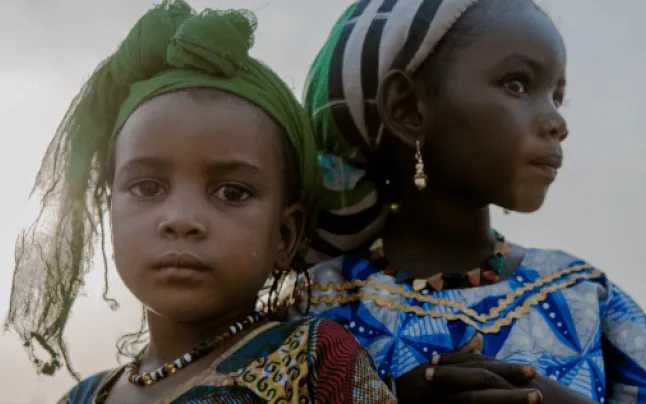
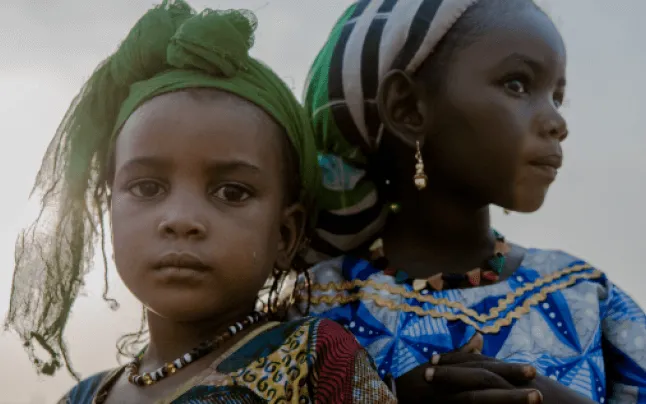


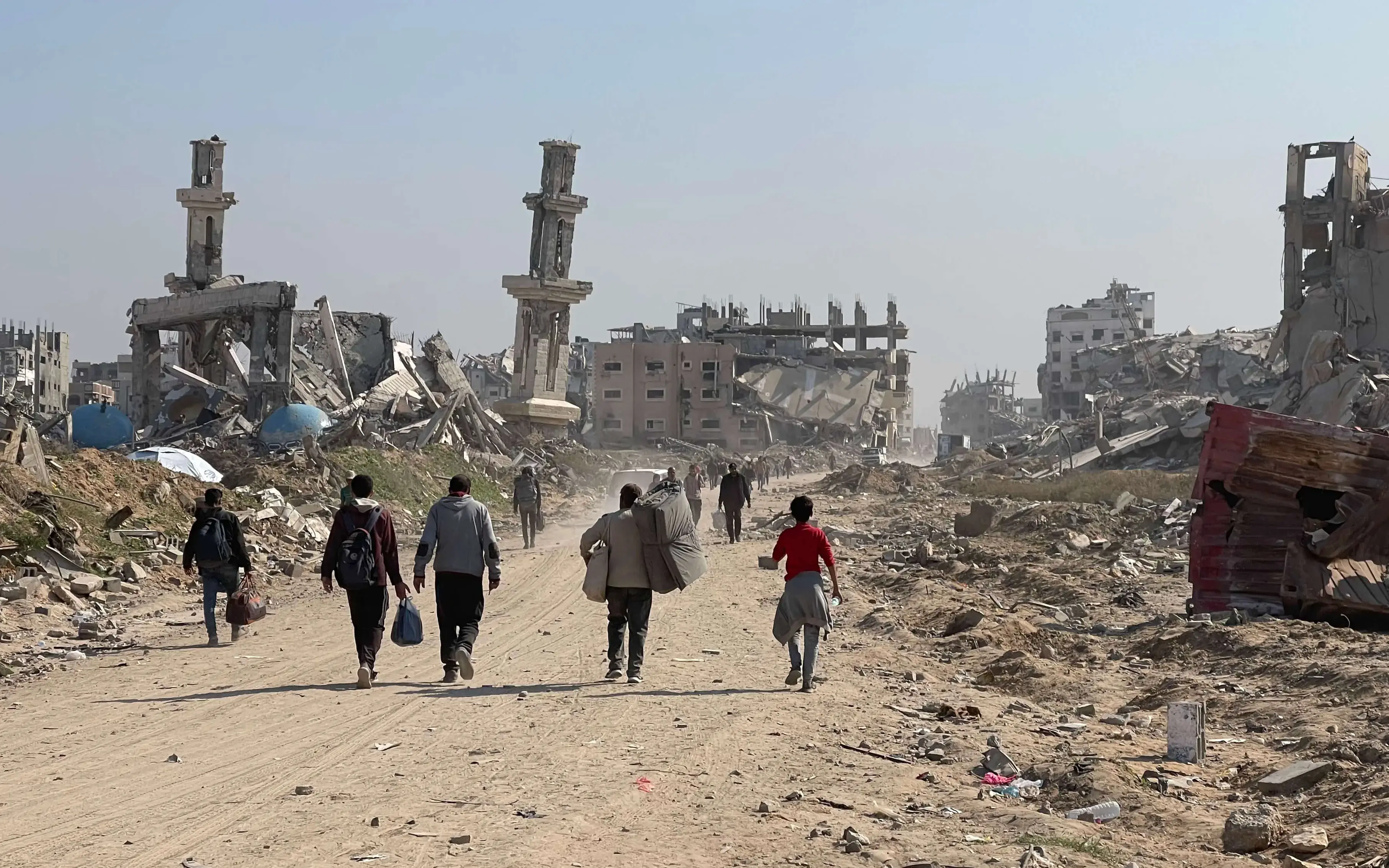
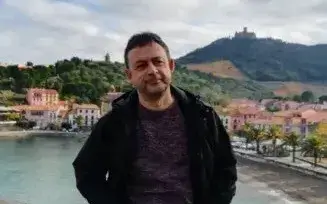
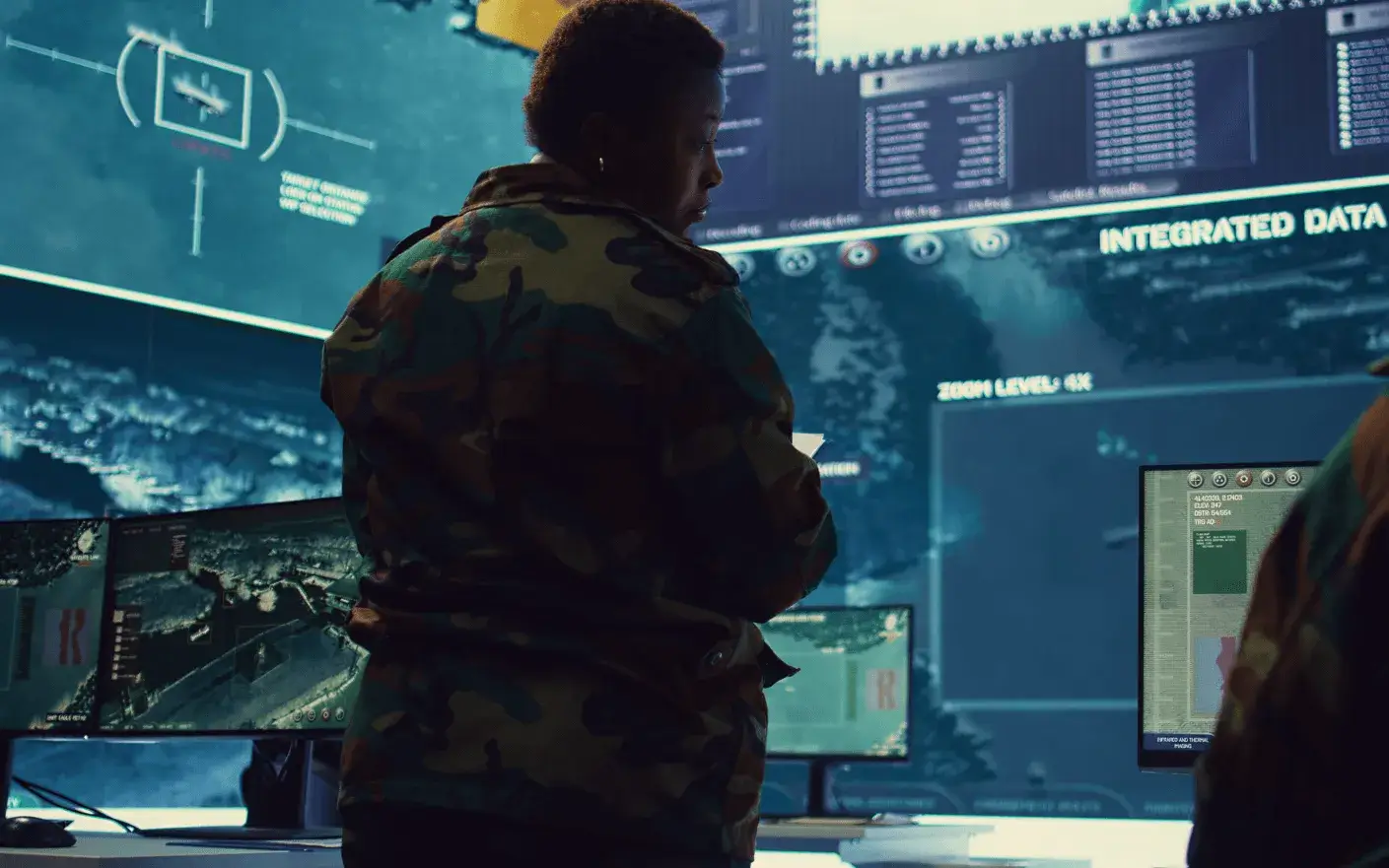
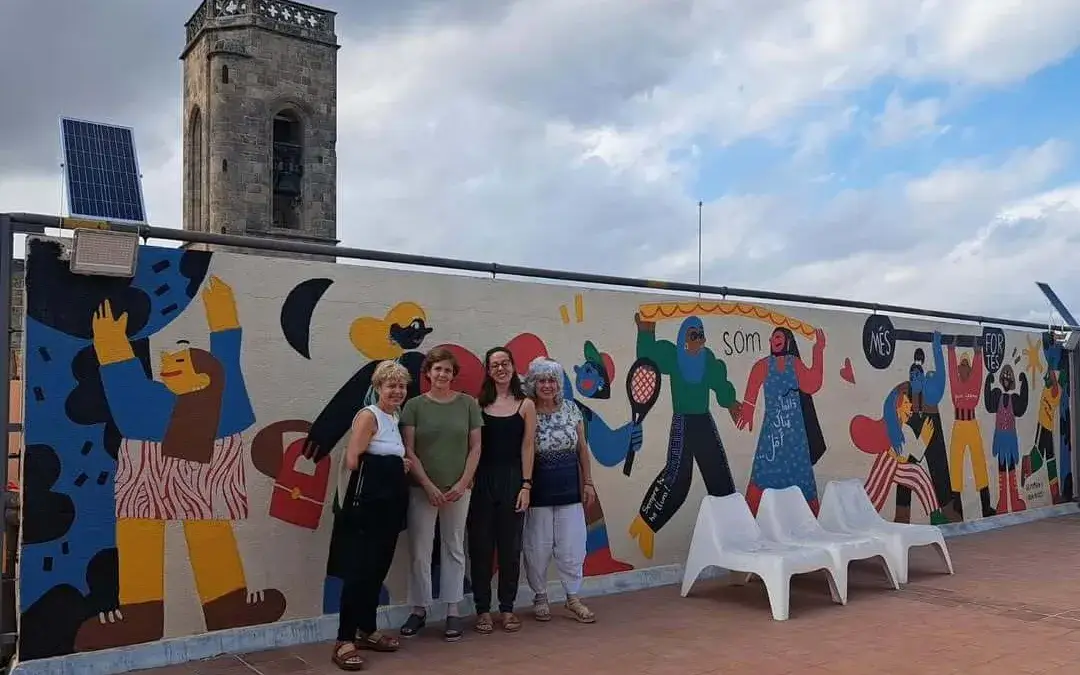
Add new comment